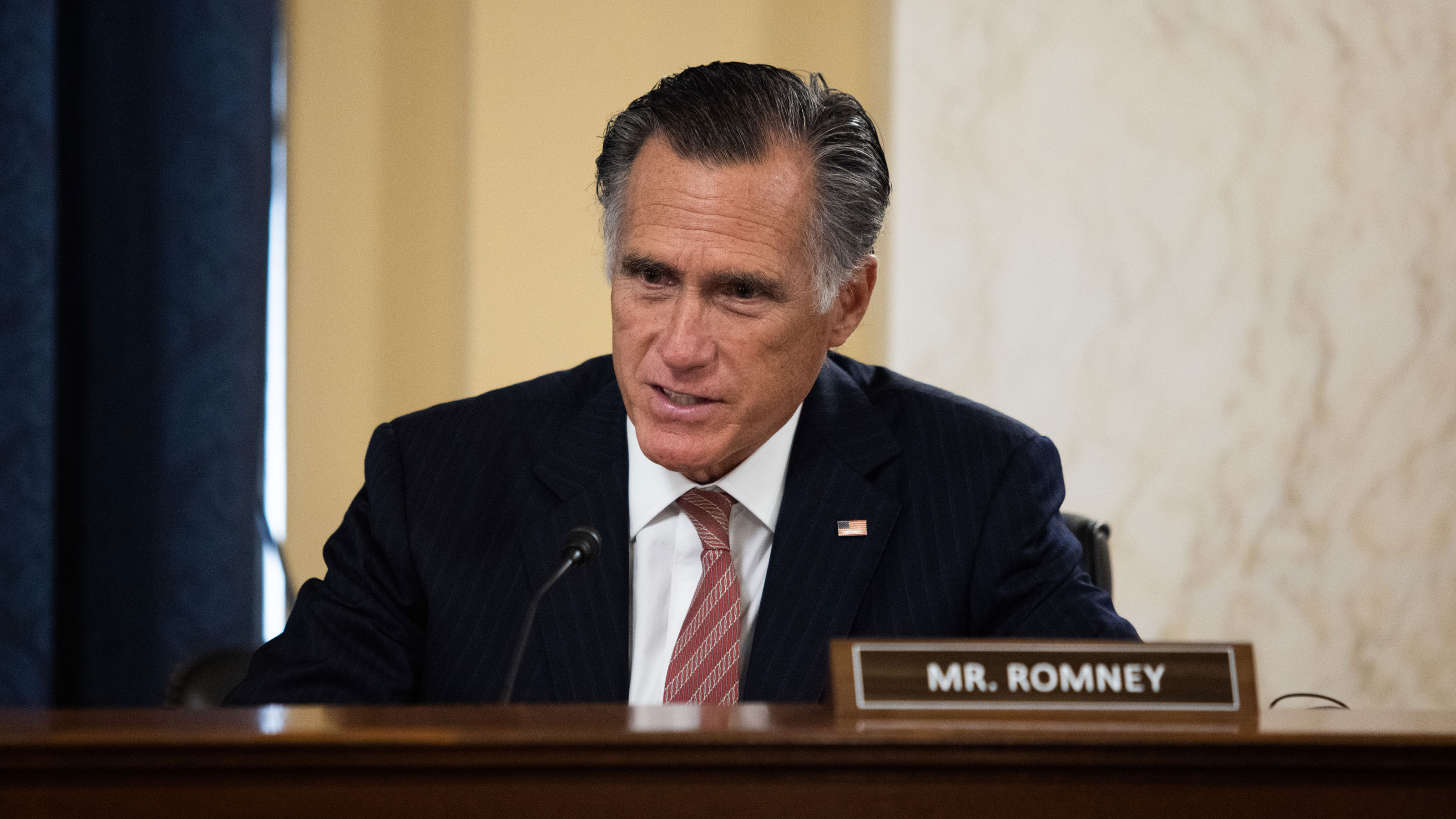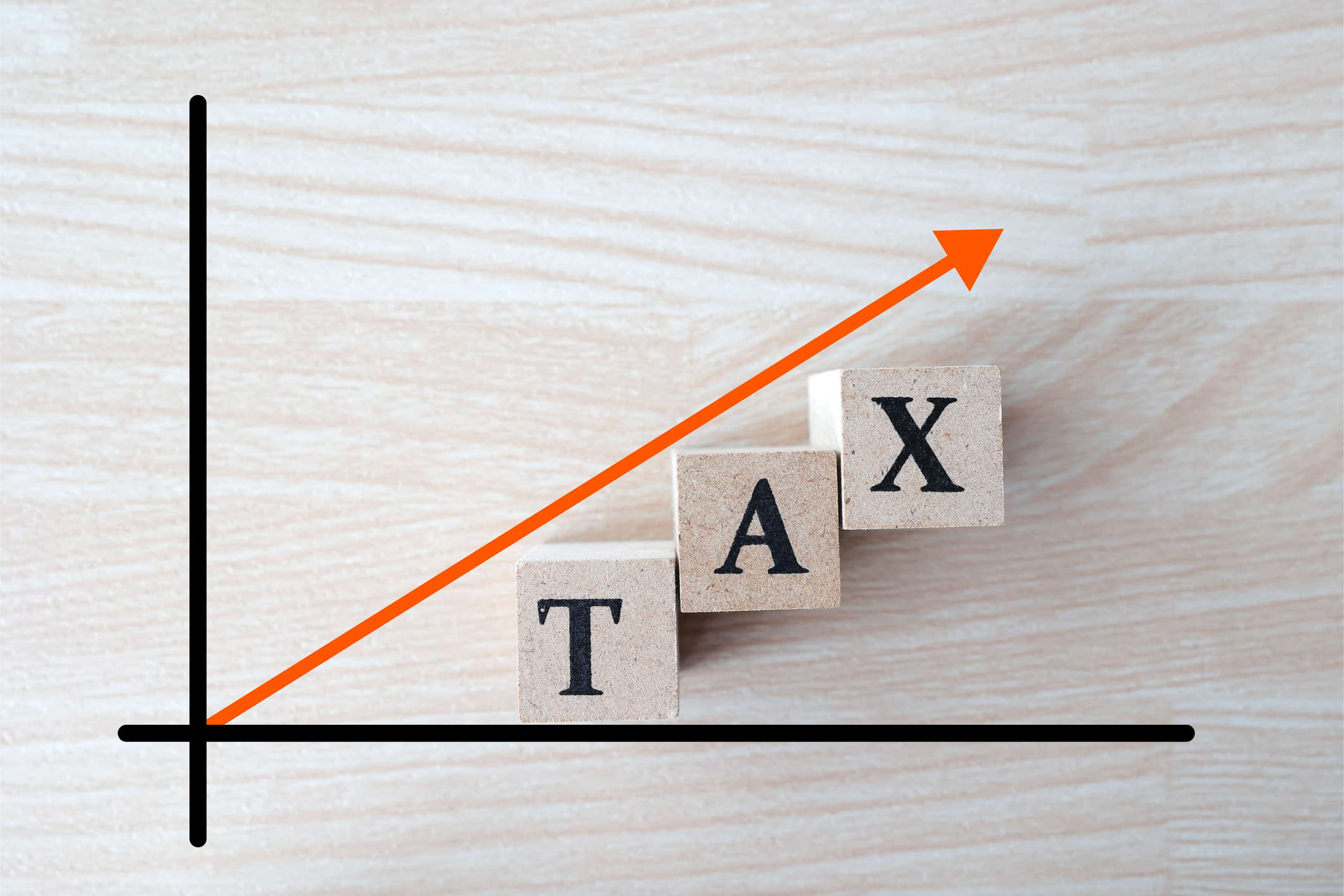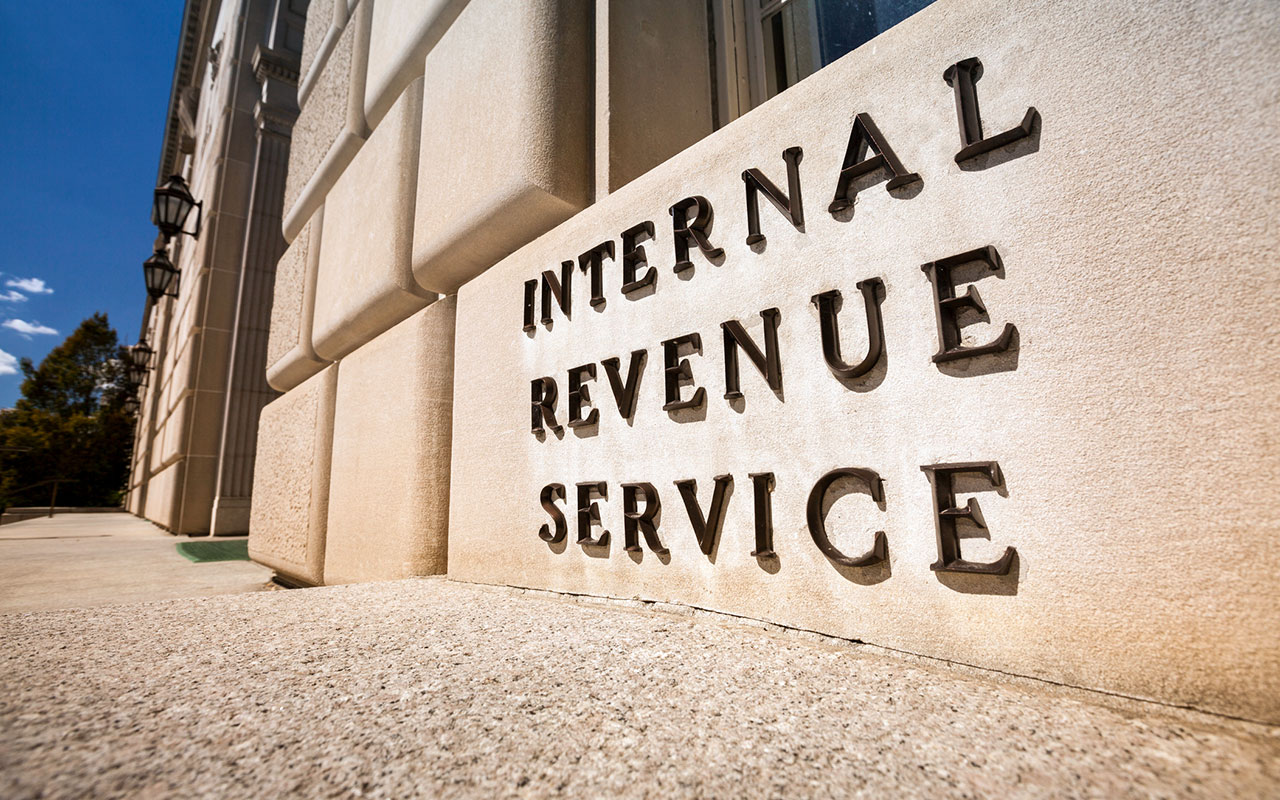Mitt Romney's Higher Child Tax Credit Comes With a Twist
The Senator is calling for monthly payments of $250 or $350 per child, but he also wants to eliminate other family friendly tax breaks.


Senator Mitt Romney has joined President Biden in calling for a higher child tax credit. Presently, the child tax credit is worth $2,000 per kid under the age of 17 whom you claim as a dependent and who has a Social Security number. To qualify, the child must be related to you and generally live with you for at least six months during the year. The credit begins to phase out if your adjusted gross income (AGI) is above $400,000 on a joint return and over $200,000 on a single or head-of-household return.
Romney's plan would permanently increase the child tax credit to $3,000 per child ($4,200 for a child under age 6) and would allow 17-year-olds to qualify. And he wants the credit to be paid in advance by having the Social Security Administration send monthly payments of $250 per child ($350 per child under age 6) to qualifying families. That would be a nice windfall for many families. Take a family of four with children ages 9 and 3. Assuming the family qualifies for both the child credit and for the advance payments, they would get $600 per month under Romney's proposal. The benefit would start to phase out for parents with an AGI above $400,000 on a joint return or $200,000 on a single return.
Romney's idea may sound like a blessing to parents of children age 17 and younger. Now, here's the rub. He wants to pay for his proposal by eliminating three popular tax breaks. First, he would get rid of the head-of-household filing status so that a single parent with children would have to file a single return with less favorable tax brackets.

Sign up for Kiplinger’s Free E-Newsletters
Profit and prosper with the best of expert advice on investing, taxes, retirement, personal finance and more - straight to your e-mail.
Profit and prosper with the best of expert advice - straight to your e-mail.
Second, parents of children under age 13 would no longer get a tax credit for a portion of the childcare costs that they pay. Presently, the child and dependent care credit is worth 20% to 35% of up to $3,000 in eligible childcare expenses, depending on your income…$6,000 if you have two or more children needing care.
Romney is also calling for an end to the state and local tax (SALT) deduction, which he calls an inefficient tax break for upper-income taxpayers. Currently, individuals who itemize on Schedule A of their Form 1040 can deduct up to $10,000 of the state and local income tax (or sales tax) and residential property taxes that they pay.
The Senator from Utah would also eliminate two anti-poverty programs for low-income families and reform the earned income tax credit available to low-income taxpayers.
[Stay on top of all the new stimulus relief developments – Sign up for the Kiplinger Today E-Newsletter. It's FREE!]
Get Kiplinger Today newsletter — free
Profit and prosper with the best of Kiplinger's advice on investing, taxes, retirement, personal finance and much more. Delivered daily. Enter your email in the box and click Sign Me Up.

Joy is an experienced CPA and tax attorney with an L.L.M. in Taxation from New York University School of Law. After many years working for big law and accounting firms, Joy saw the light and now puts her education, legal experience and in-depth knowledge of federal tax law to use writing for Kiplinger. She writes and edits The Kiplinger Tax Letter and contributes federal tax and retirement stories to kiplinger.com and Kiplinger’s Retirement Report. Her articles have been picked up by the Washington Post and other media outlets. Joy has also appeared as a tax expert in newspapers, on television and on radio discussing federal tax developments.
-
 Stock Market Today: Stocks Soar on China Trade Talk Hopes
Stock Market Today: Stocks Soar on China Trade Talk HopesTreasury Secretary Bessent said current U.S.-China trade relations are unsustainable and signaled hopes for negotiations.
By Karee Venema
-
 2026 Disney Dining Plan Returns: Free Dining for Kids & Resort Benefits
2026 Disney Dining Plan Returns: Free Dining for Kids & Resort BenefitsPlan your 2026 Walt Disney World vacation now. Learn about the returning Disney Dining Plan, how kids aged three to nine eat free, and the exclusive benefits of staying at a Disney Resort hotel.
By Carla Ayers
-
 Trump’s Tax Cut Risks Your SNAP, Medicaid Benefits
Trump’s Tax Cut Risks Your SNAP, Medicaid BenefitsTax Cuts The GOP budget blueprint could slash lifesaving programs for millions of U.S. households.
By Gabriella Cruz-Martínez
-
 Missed Tax Day? Nearly One Million Taxpayers Still Can File and Claim Valuable Tax Refunds
Missed Tax Day? Nearly One Million Taxpayers Still Can File and Claim Valuable Tax RefundsTax Refunds As many as one million taxpayers could be missing out on a significant tax refund.
By Gabriella Cruz-Martínez
-
 How Many IRS Commissioners Have We Gone Through This Year?
How Many IRS Commissioners Have We Gone Through This Year?IRS Who were the former IRS commissioners, and why did they resign? Find out how IRS turnover can impact your taxes.
By Kate Schubel
-
 Which Generation Pays the Most Tax in the US?
Which Generation Pays the Most Tax in the US?Tax Burden Polls show that most people feel like taxes are unfair. But which age group bears the brunt of the tax burden in the United States?
By Kelley R. Taylor
-
 How the Trump Harvard IRS Tax Threat Could Impact You
How the Trump Harvard IRS Tax Threat Could Impact YouTax Law Trump's latest higher education showdown raises fundamental questions that could reach beyond Harvard's nonprofit tax status.
By Kelley R. Taylor
-
 Tax Day 2025: Don’t Miss These Freebies, Food Deals and Discounts
Tax Day 2025: Don’t Miss These Freebies, Food Deals and DiscountsTax Day You can score some sweet deals on April 15 in some select restaurants like Burger King, Shake Shack, and more.
By Gabriella Cruz-Martínez
-
 Tax Time: Does Your Kid Influencer Owe Taxes?
Tax Time: Does Your Kid Influencer Owe Taxes?State Tax Some minors are making big money on social media. Here’s how to know if they need to file taxes.
By Gabriella Cruz-Martínez
-
 Trump Plans to Terminate IRS Direct File program
Trump Plans to Terminate IRS Direct File programTax Filing The IRS Direct File program was piloted last year in 12 states and has since expanded to 25. But will it last under the Trump administration?
By Gabriella Cruz-Martínez